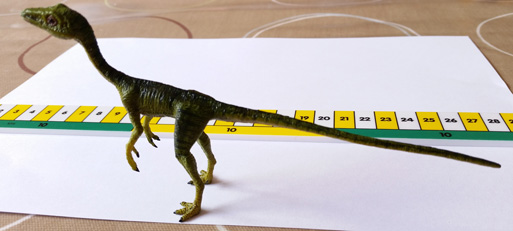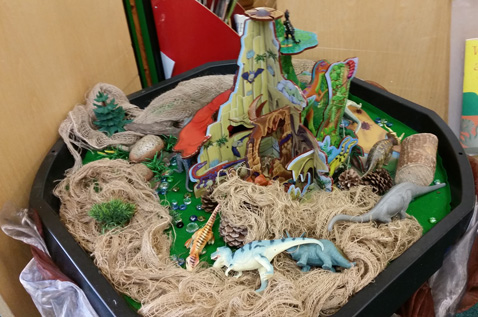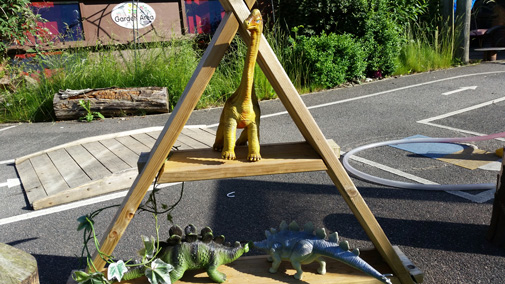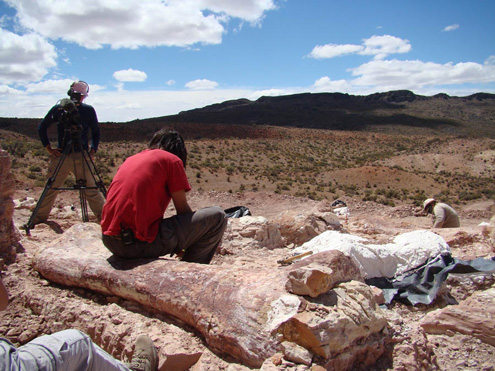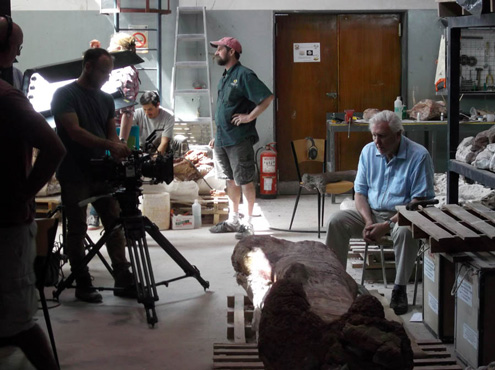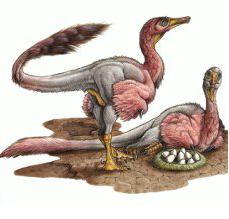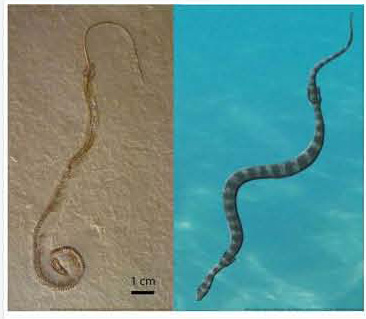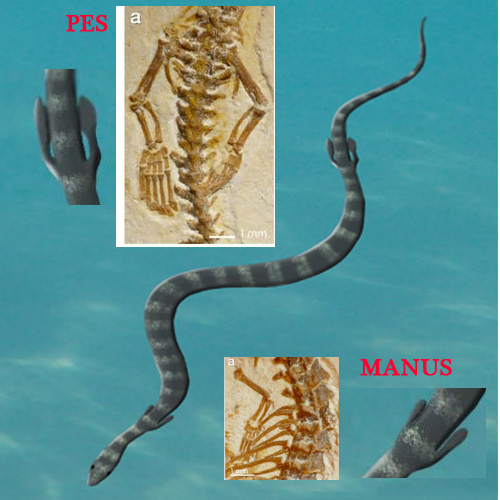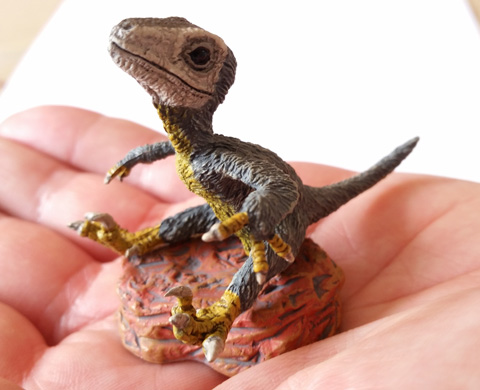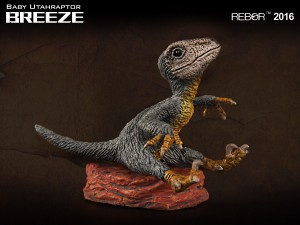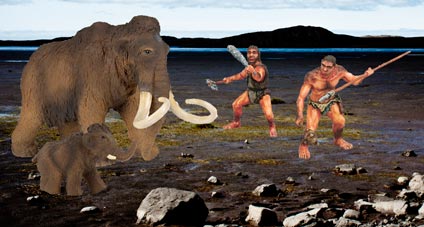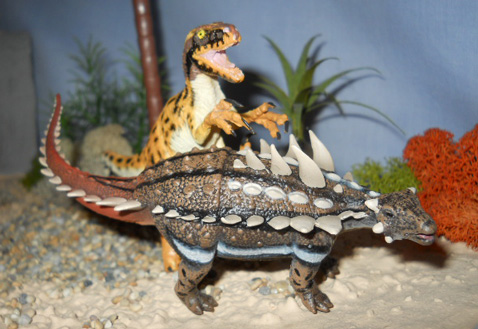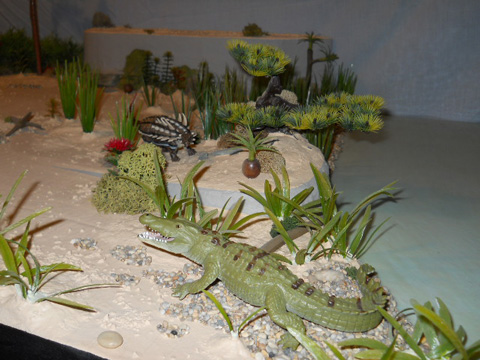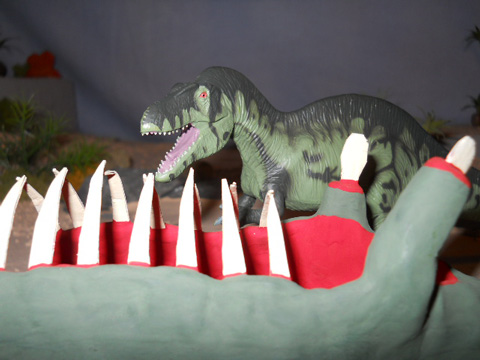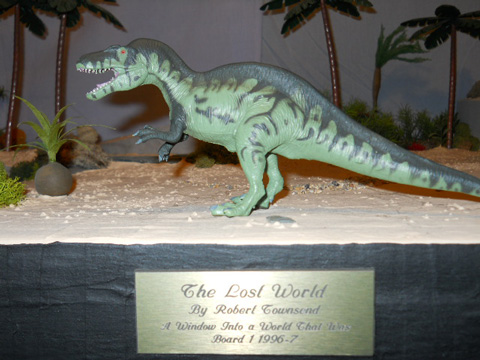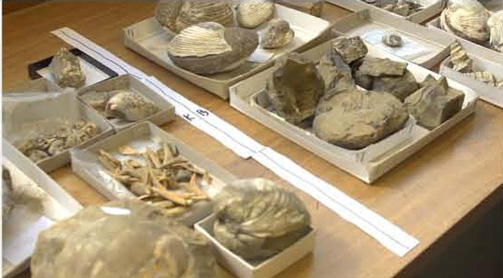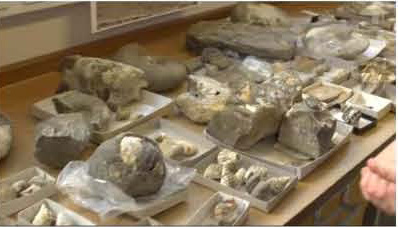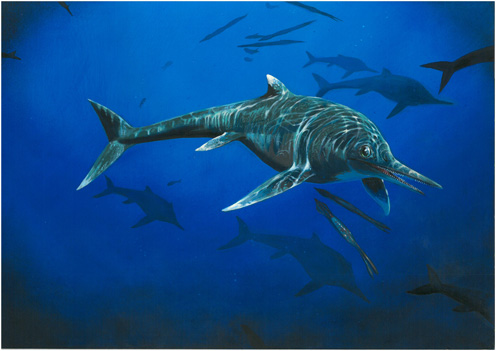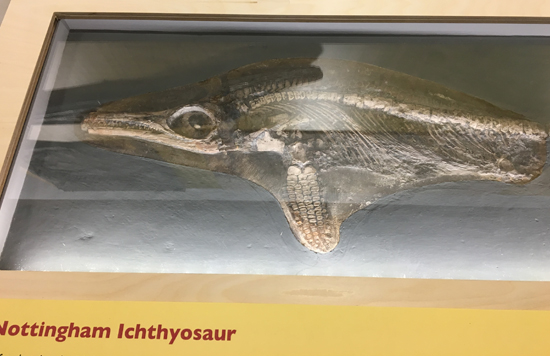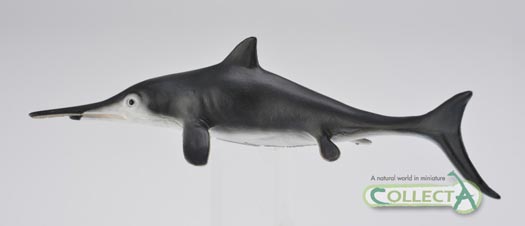JurassicCollectables Reviews the New Rebor “Sentry”
A Review of the Rebor Compsognathus “Sentry” by JurassicCollectables
Those clever people at JurassicCollectables have just published a video unboxing and review of the Rebor Compsognathus model “Sentry”. In this informative five minute video, the Compsognathus replica and the accompanying dragonfly model (Protolindenia) are reviewed in turn and then a number of other Rebor replicas are featured demonstrating how many of the Rebor models can be customised to make intriguing dioramas. It is an extremely informative video.
Jurassic Collectables Reviews the 1:6 Scale Rebor Compsognathus “Sentry”
Video credit: JurassicCollectables
JurassicCollectables have produced video reviews of a number of prehistoric animal models that Rebor have made, to see these videos and to subscribe to their excellent YouTube channel: Subscribe to JurassicCollectables on YouTube.
Rebor Compsognathus Model “Sentry”
The narrator compares this 1:6 scale replica of this Jurassic dinosaur to the compsognathids that were depicted in the second of the Jurassic Park movies “The Lost World”, which came out in 1997 and was the second highest grossing movie that year behind Titanic. In the film, the small but agile compsognathids are social animals that live in a flock and they attack a young girl before gaining even more notoriety by fatally attacking one of the InGen team members Dieter Stark, played by Peter Stormare. It seems that in the “Lost World” even tiny dinosaurs can be extremely dangerous when they are hungry.
To view the complete range of Rebor replicas in stock at Everything Dinosaur: Rebor Prehistoric Animal Figures and Models.
Influenced by “Jurassic Park”
The compsognathids from the film have certainly inspired the model makers at Rebor. Their compsognathids “Sentry” and the four model set “Bad Company” due to be reviewed by JurassicCollectables shortly, are very similar to those seen in the movie. In the video review, the narrator points out several similarities and there is much to be admired about this Rebor 1:6 scale replica.
One of the Compsognathus 1:6 Scale Replicas from Rebor
Picture credit: Everything Dinosaur
Everything Dinosaur Comments on the Rebor Compsognathus Model
A spokesperson from Everything Dinosaur commented:
“We have been most impressed with the Compsognathus models made by Rebor. It is rare to see such fine detail in a dinosaur model and they really are exquisite. The video review from JurassicCollectables permits viewers to get a good close-up view of a potential purchase. To view the model before deciding to buy. It is great to see the dragonfly component also sharing the limelight, this is a wonderful model. It demonstrates the care and attention to detail that Rebor have instilled into their production process.”
JurassicCollectables show a number of ways in which components from “Sentry” can be combined with other replicas in the Rebor range. Elements from “Sentry” are shown with “Melon”, the baby Stegosaurus in the Scout series as well as with the Dimorphodon pair (Punch and Judy) and the base from the “Savage” Ceratosaurus 1:35 scale model.
Both the JurassicCollectables YouTube channel and the Rebor replicas are highly recommended.
Visit Everything Dinosaur’s award-winning website: Shop at Everything Dinosaur.


